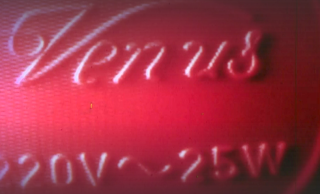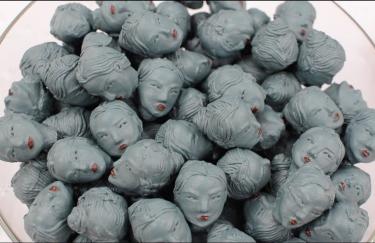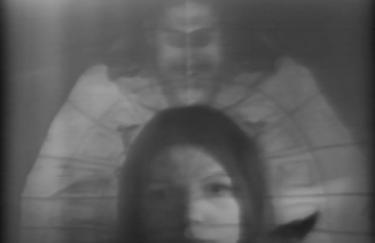
Garish and Shrill
The Interweaving of Video Art and Feminist Criticism in the 1980s
The proportion of women* who played an active part in the video art scene of the 1980s was
comparatively high in relation to other forms of art. This was often explained by the fact that this
was a new media environment that had not yet been taken over by patriarchal structures and was
therefore a clean slate, accessible to everybody. Still, the feminist use of video required a conscious
appropriation, or as Claudia Richarz called it, an occupation of the medium developed by and for
men. The artists making these feminist video works in the 1980s saw a particular emancipatory
potential in video. Their works disturbed social orders and conservative ideas. They addressed
denied or taboo subjects, such as female* desire and deconstructed myths like the ideal of the
happy nuclear family or the possibility of self-made wealth. The IMAI video program Shrill and
Garish presents and offers an insight into the video art of the time and its unique nature.
Program:
Rabe Perplexum, Die Welt der Sonderschülerin Heidi S., 1985, 4:16 min
Anne-Mie van Kerckhoven, Victoria, 1989, 5 min
Ulrike Zimmermann, Venus 220 Volt – Lust im Haushalt, 1991, 12 min
Johanne Charlebois, Blockhaus, 1987, 15 min
Maria Vedder, Silent Language, 1987, 6 min
Bühler/Gut/Hormel, music video to Malaria’s song Your Turn to Run, 1982, 4:24 min
Curated by Kat Lawinia Gorska
Free entry









